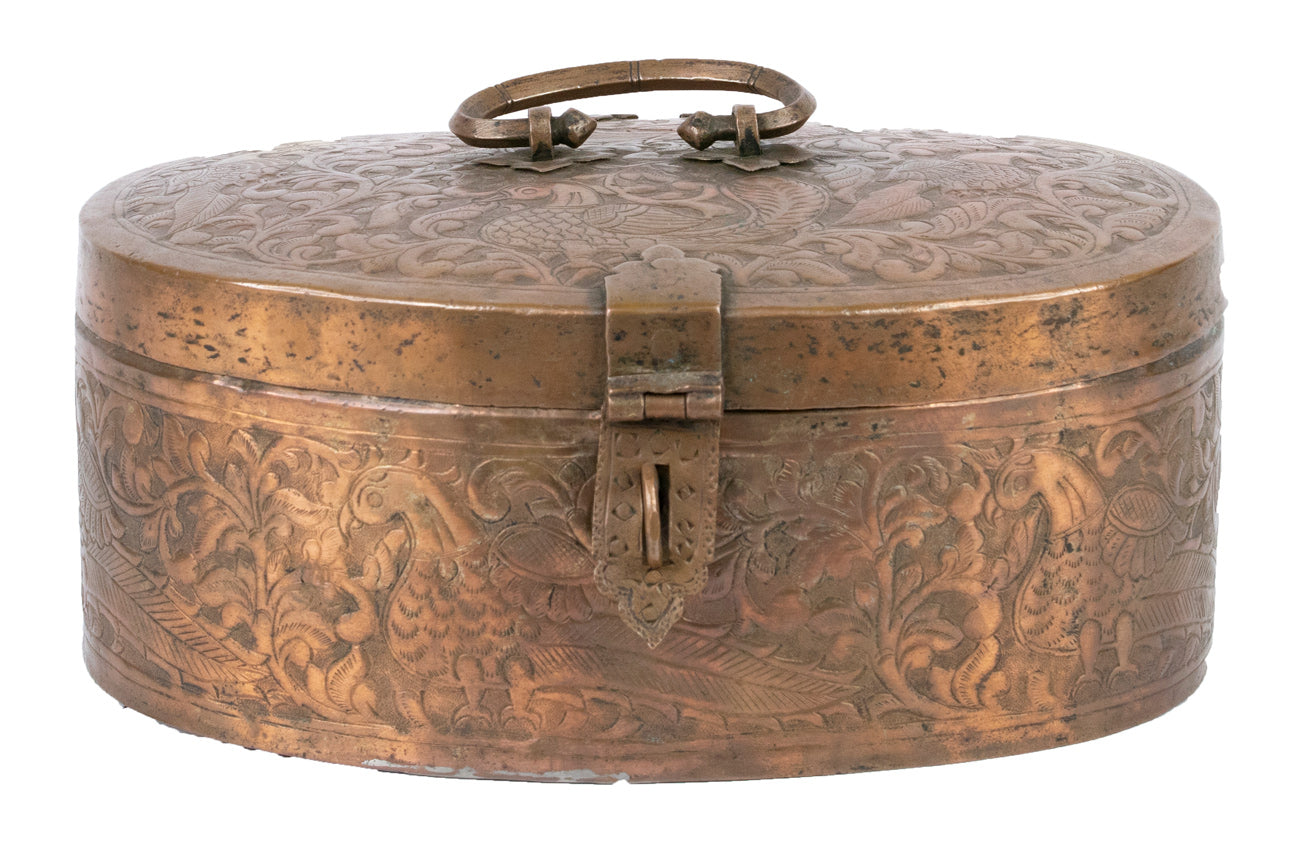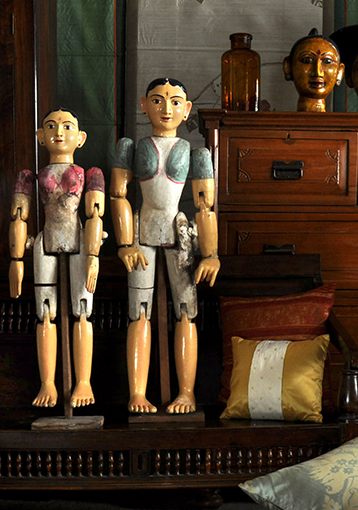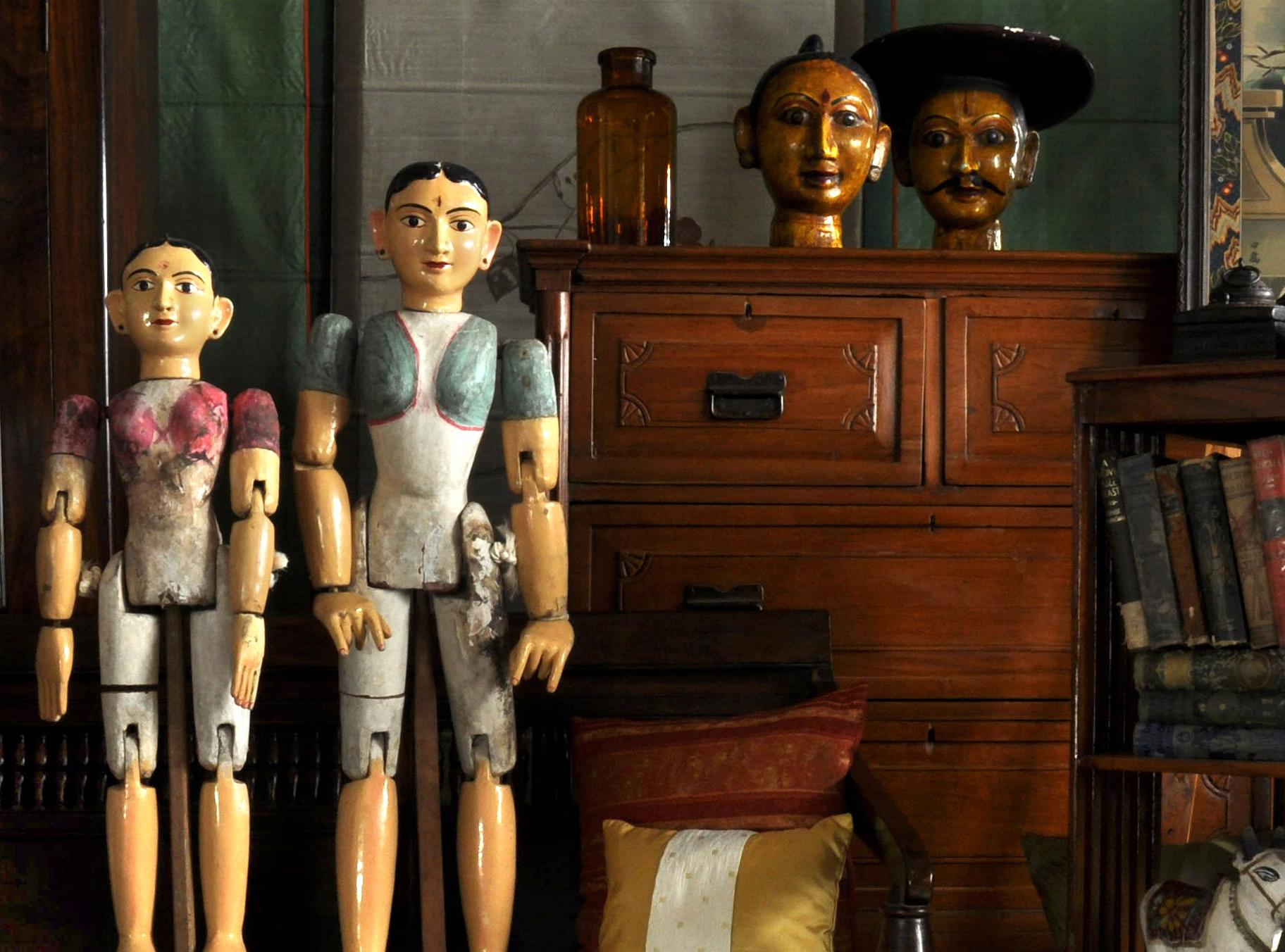- Home
- Deccan Oval Box
Loading...
Deccan Oval Box
All orders are insured for transit.
This item cannot be shipped outside India.
All orders are insured for transit.
This item cannot be shipped outside India.
Details
| Size: | 11.25 x 9.5 x 5 inches |
| Material: | Copper |
| Origin: | North Karnataka |
Description
The Deccan sultanates were five dynasties that ruled late medieval South Indian kingdoms, namely Bijapur, Golkonda, Ahmadnagar, Bidar, and Berar. These sultanates were located on the Deccan Plateau. Their architecture was a regional variant of Indo-Islamic architecture, heavily influenced by the Delhi sultanate and later Mughal architecture.
Mark Zebrowski describes how these Persian influences combined with local traditions and says, “We are left with two contrasting pairs of qualities: order and restraint versus richness and sensuousness. Odd bedfellows, one might well imagine, but it is precisely the cohabitation of such near-opposites, partly reconciled to each other, but partly in eternal opposition, that endows Mughal (sic Deccan) objects with their magic power to arrest our attention and invigorate our souls.”
-
Description
Read MoreThis is a Deccan, repoussed copper, oval-shaped box from North Karnataka, which would have been used to store valuables. The lid and sides are engraved with beautiful scrollwork vines and hamsas. Hamsa, which is possibly a swan or goose, is revered by Hindus, Buddhists, and Jains. It is seen as a symbol of purity, detachment and divine knowledge. Hamsa symbolizes the highest spiritual accomplishment as it swims in water, walks on earth and flies in the sky. The box has a circular copper handle at the top, with two flowers at the base. These flower motifs are repeated as engravings on the double hinges at the back.
The Deccan sultanates were five dynasties that ruled late medieval South Indian kingdoms, namely Bijapur, Golkonda, Ahmadnagar, Bidar, and Berar. These sultanates were located on the Deccan Plateau. Their architecture was a regional variant of Indo-Islamic architecture, heavily influenced by the Delhi sultanate and later Mughal architecture.
Mark Zebrowski describes how these Persian influences combined with local traditions and says, “We are left with two contrasting pairs of qualities: order and restraint versus richness and sensuousness. Odd bedfellows, one might well imagine, but it is precisely the cohabitation of such near-opposites, partly reconciled to each other, but partly in eternal opposition, that endows Mughal (sic Deccan) objects with their magic power to arrest our attention and invigorate our souls.”
-
Details
Size: 11.25 x 9.5 x 5 inches Material: Copper Origin: North Karnataka -
Returns
We accept returns within 7 days of delivery if the item reaches you in damaged condition. -
Shipping
Shipping costs are extra, and will be calculated based on the shipping address.All orders are insured for transit.
This item cannot be shipped outside India.
This item has been added to your shopping cart.
You can continue browsing
or proceed to checkout and pay for your purchase.
This item has been added to your
shopping cart.
You can continue browsing
or proceed to checkout and pay for
your purchase.
This item has been added to your wish list.
You can continue browsing or visit your Wish List page.
Are you sure you want to delete this item from your Wish List?
Are you sure you want to delete this
item from your Wish List?


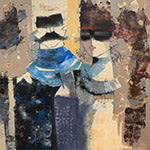
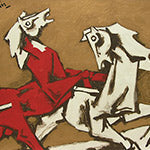

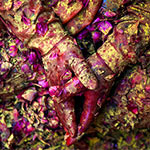
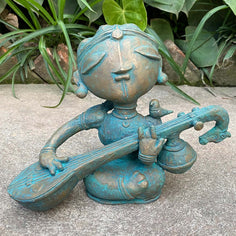
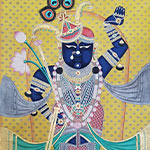
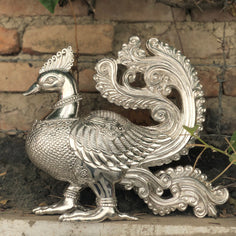
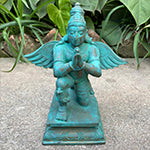
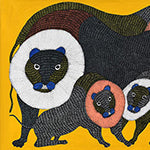

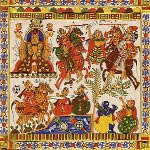
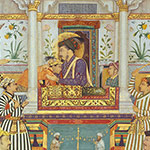
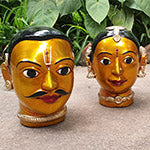

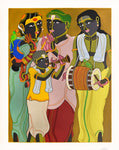
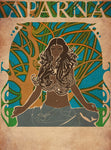
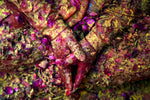
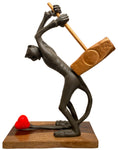
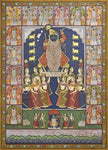
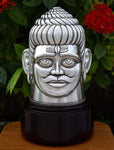


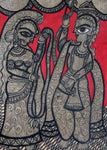
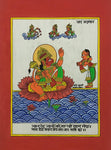
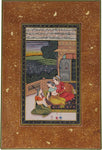
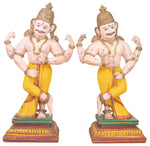
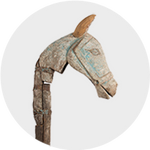
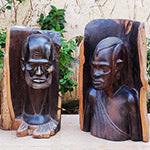
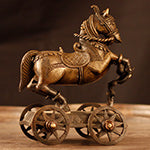
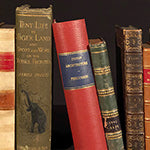
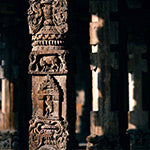
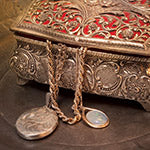
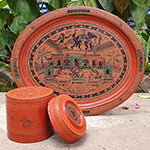
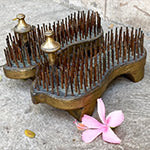
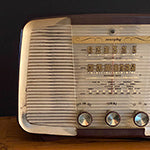
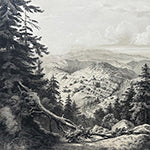
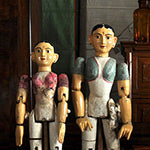
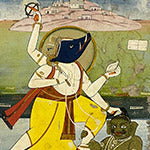
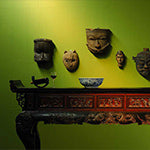
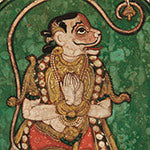

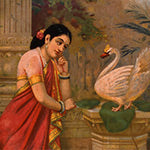
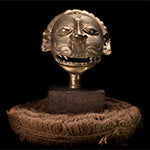
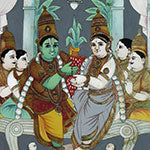
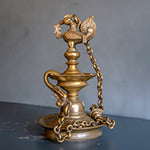
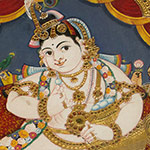
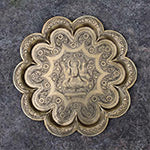
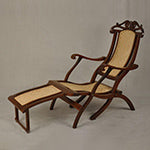
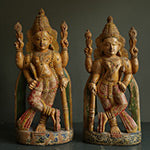


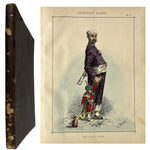

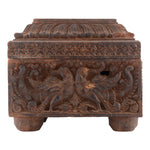
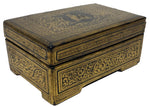
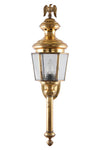

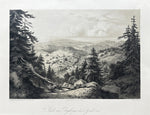


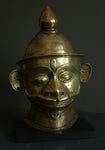
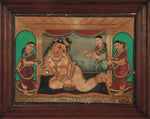
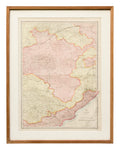
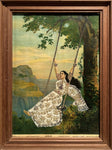

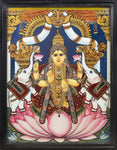

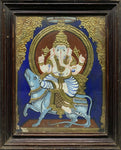
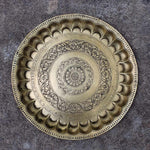
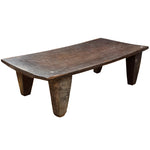
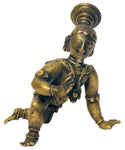


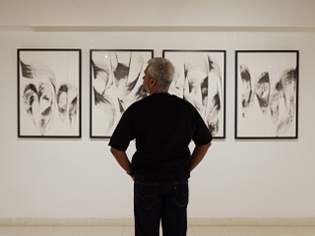
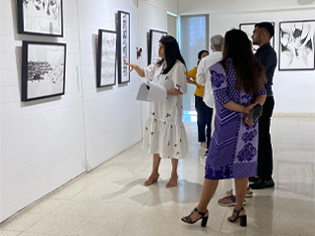
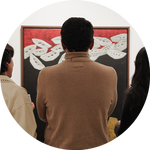



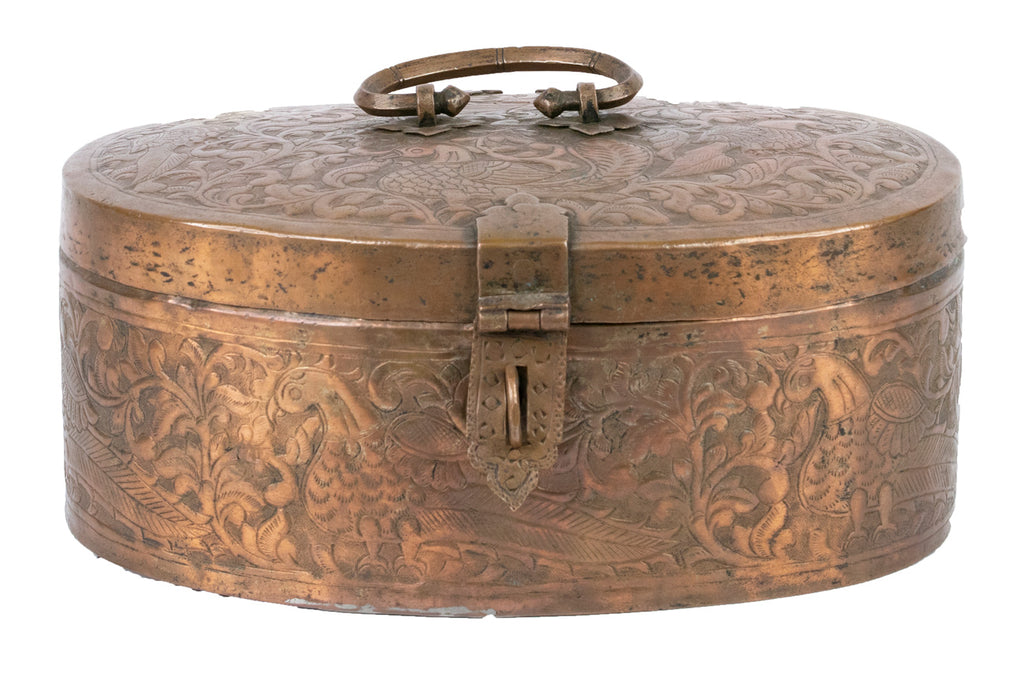
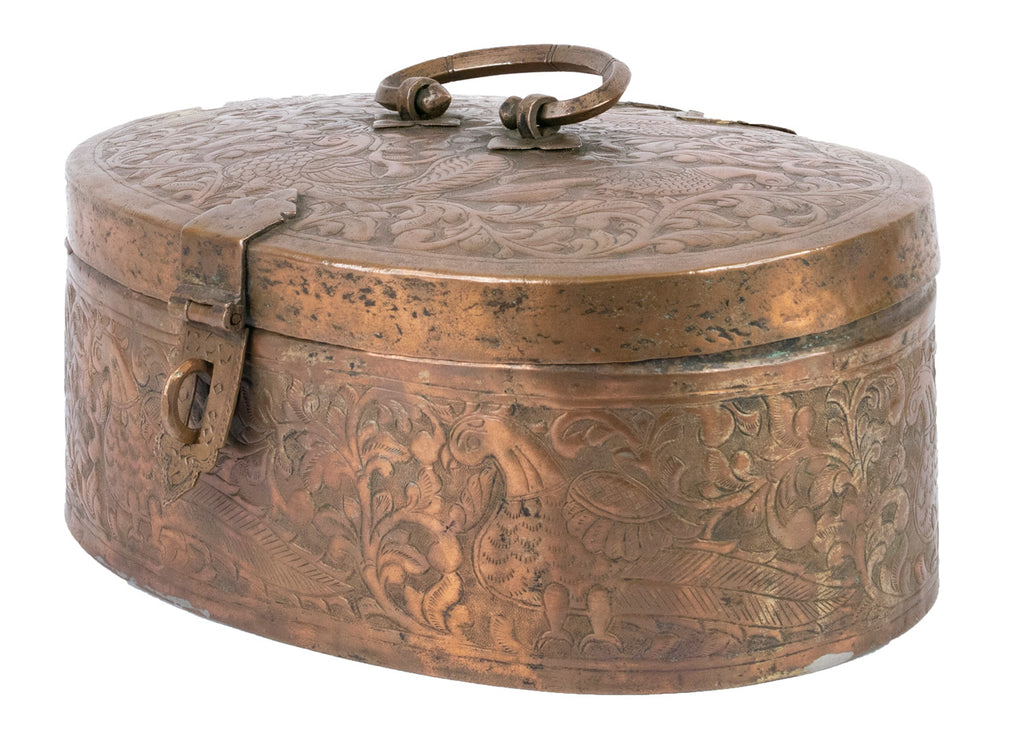
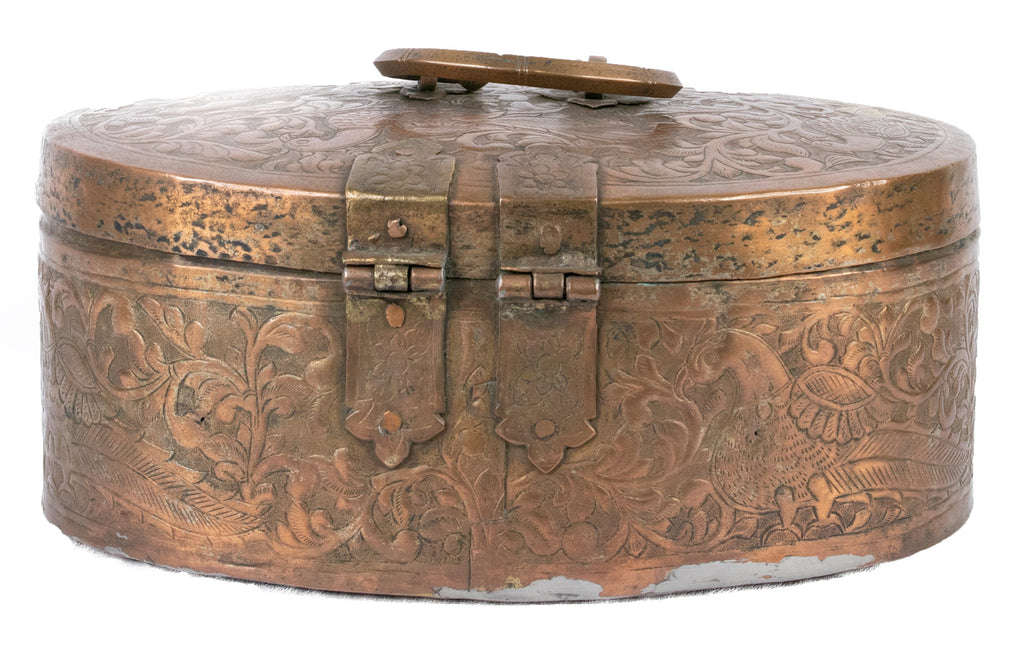
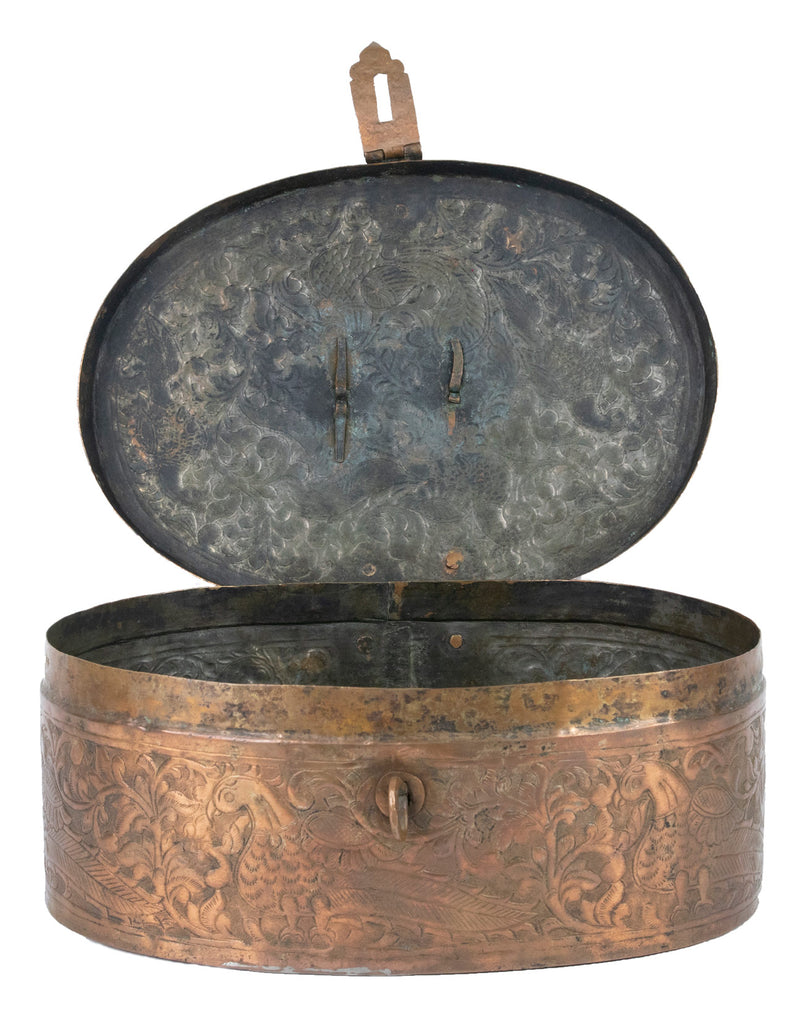
 View Full Screen
View Full Screen
